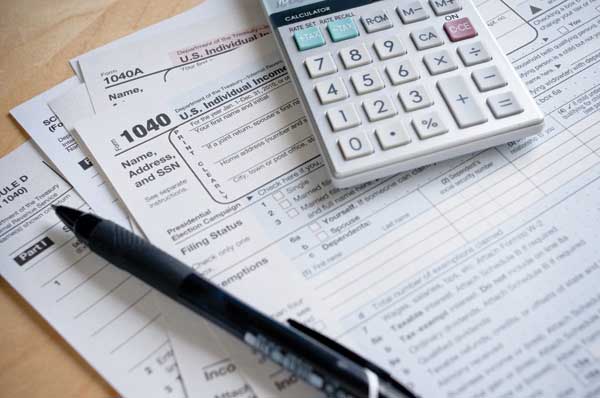
Agricultural News
Income Tax Relief for Drought-Related Sale of Livestock
Mon, 28 Nov 2011 12:44:32 CST
 If you have sold more livestock than normal due to the drought or other weather related conditions, there are a couple of income tax provisions that may provide some relief. All 77 Oklahoma counties have been designated for federal assistance and received disaster declarations from the president or by an agency or department of the federal government. According to J.C. Hobbs, Oklahoma State University Assistant Extension Specialist, each provision may allow a producer to reduce the tax consequences of bunching of income if certain conditions are met. The following information is general in nature.
If you have sold more livestock than normal due to the drought or other weather related conditions, there are a couple of income tax provisions that may provide some relief. All 77 Oklahoma counties have been designated for federal assistance and received disaster declarations from the president or by an agency or department of the federal government. According to J.C. Hobbs, Oklahoma State University Assistant Extension Specialist, each provision may allow a producer to reduce the tax consequences of bunching of income if certain conditions are met. The following information is general in nature.
For a more detailed discussion of the rules, reporting requirements, and examples, get a copy of the OSU Extension publication (AGEC-788: Tax Consequences of Weather-Related Sale of Livestock) available at your local County Extension office or on their website in the drought information area.
The first, applies to a producer who has sold more livestock than normal due to the adverse weather. The income from the animals which were sold that were in excess of normal sales may be postponed until the following tax year when the income would have normally been recognized. However certain conditions must be met. The weather related condition must have caused the area to receive a "disaster declaration". Producers in all 77 counties are eligible to use this provision if they meet the following qualifications. In addition the producer's principal business must be farming and use the cash method of accounting. The producer must show that the livestock would normally have been sold in the following year. The weather-related conditions that caused an area to be declared a disaster area must have caused the sale of livestock. This provision applies to any livestock sold in excess of normal due to weather related conditions. (Refer to IRS Code Section 451(e)).
The second provision only applies to breeding, dairy, or draft animals that were sold in excess of normal. For the animals sold in excess of normal, a producer may elect to replace the animals sold, within a two year period, with like animals (used for the same purpose) and thus defer the recognition of income until the new animals are sold. Unlike the first rule, there is no need for a disaster declaration, all that is needed is proof that drought conditions existed which caused the sale of additional animals. However if an area has received a disaster declaration made by the president or by an agency or department of the federal government, the replacement period is extended to four years not just two. Again, producers in all 77 counties are eligible to use this provision and the replacement period has been extended to four years if they meet the qualifications discussed in this and the following paragraph.
The replacement animals must be for the same use as the animals sold. For example, a producer must replace dairy cows with dairy cows or breeding cows with breeding cows. In addition if, for example, the excess animals were sold for $10,000, the producer will need to buy $10,000 or more of replacements to completely defer the gain from the sale.
A producer must repurchase the same dollar amount of animals which were sold in excess of normal, not the number of excess animals sold. If only $8,000 is spent on the new animals then $2,000 must be recaptured on amended tax return and the tax paid. There is no requirement as to how long the animals were held by the taxpayer in order to receive this treatment, but the producer must provide evidence of the weather condition and a calculation of the gain for each number and kind of animal sold. (Refer to IRS Code Section 1033(e)) A producer must evaluate the following points to determine whether it will be beneficial to postpone gain recognition by replacing the animals or electing the one-year deferral. The estimated amount of expenses for the following tax year, potential income tax and capital gain rates for future tax years, net operating loss carry-forward amounts, the ability to use income averaging, or other tax items the producer may have. It is important to do some extensive tax planning to make a sound economic decision concerning the two elections. The potential increase in rates expected to occur in 2013 and later will have a definite impact on the decision.
This is only a brief discussion of the rules that apply to weather related sales of livestock. Please consult your tax preparer or advisor for additional information concerning the income tax implications that would apply to your specific business situation.
Our thanks to J.C. Hobbs for providing this article over income tax relief. This article was part of the Cow-Calf Corner Newsletter which is sent out on most Mondays by Dr. Derrell Peel and Dr. Glenn Selk.
WebReadyTM Powered by WireReady® NSI
Top Agricultural News
More Headlines...


















